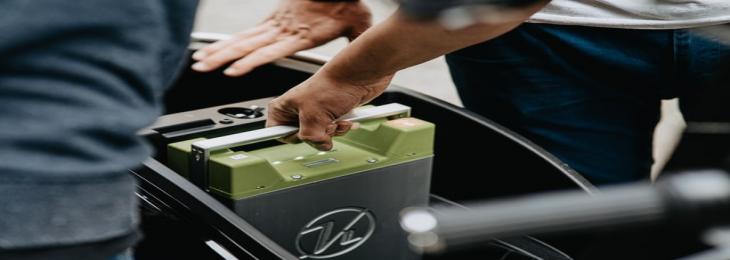Sep, 2021 - By WMR

Scientists developed a new concept to develop a high-performance sodium battery based on graphene that would perform as good as today's lithium-ion batteries.
Lithium-ion batteries are dominating battery technology that are used in almost every essential electronic device. As much they are expensive, they are harmful for the environment. On the other hand sodium-ion batteries today do not perform as well as lithium-ion batteries graphite being the limiting factor which is made of piled layers of graphene. However, according to a study published in journal Science Advances in May 2021, the scientists at Chalmers University of Technology, Sweden, came up with an assuring solution for this problem
The researchers moved to a new type of graphene which is called Janus, having unusual properties. It is named after a Roman god who was famed for having two faces. The Janus graphene has similar characteristics. It has molecules on just one side that carry out both the roles of spacer and active interaction point for sodium ion. The researcher, Prof. Jinhua Sun explains how the experiment worked. A particle spacer was added on one side of graphene layer. When these layers were piled together a bigger space was created in graphene sheets by the molecule. It also provided a contact point which gave it a significant higher capacity. Using a standard graphite in sodium cell gives it the capacity of 35mAh/g. However, the new Janus graphene made it possible to achieve the capacity of 332mAh/g in the sodium cell and it is 10 times more than the traditional structures and approaching the capacity of lithium in graphite.
The results of this study demonstrated full reversibility and extreme cycling stability. The research is still at a primary phase although the outcomes are very promising. It shows that high-capacity batteries can be engineered using ultrathin graphene sheets making them equally potential lithium batteries.

We will be happy to help you find what you need. Please call us or write to us: